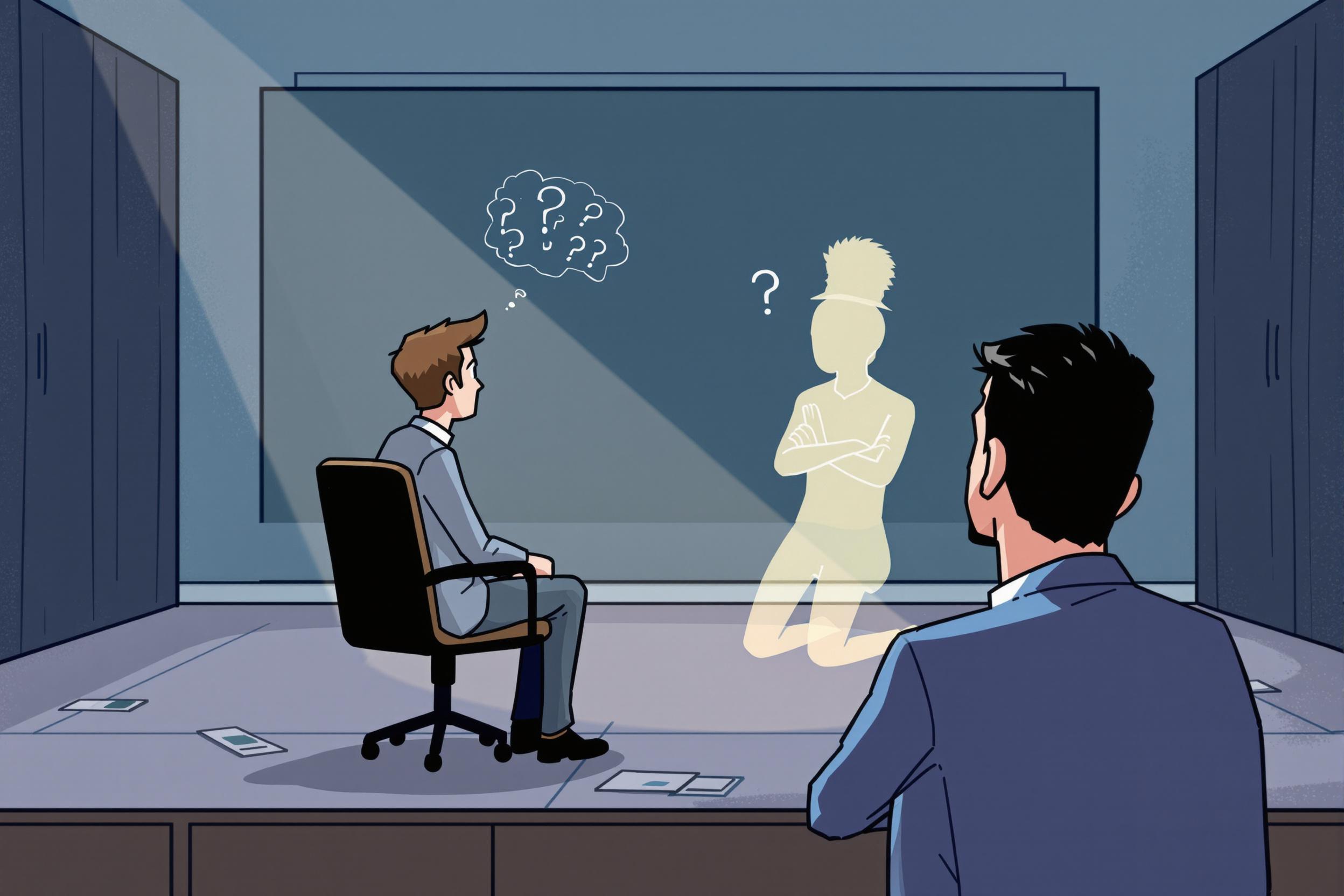
De-essing
De-essing is a common audio editing technique used in voice acting and audio production to improve the quality of vocal recordings. It helps reduce or remove excessive "s" and "sh" sounds that can be harsh or distracting to listeners. Think of it like smoothing out whistle-like sounds in someone's speech to make it more pleasant to hear. Voice actors and audio editors use this technique to create more professional-sounding recordings for commercials, audiobooks, animations, and other voice-over work.
Examples in Resumes
Applied De-essing techniques to improve audio quality in commercial voice-overs
Trained voice actors in proper De-essing methods during recording sessions
Used De-essing and De-esser tools to enhance clarity of audiobook narration
Typical job title: "Audio Engineers"
Also try searching for:
Where to Find Audio Engineers
Online Communities
Job Boards
Professional Networks
Example Interview Questions
Senior Level Questions
Q: How do you handle de-essing for different voice types and accents?
Expected Answer: Should explain how different voices need different approaches, mentioning that some accents or speaking styles might need gentler de-essing to maintain natural sound while still removing harshness.
Q: What's your approach to training others in de-essing techniques?
Expected Answer: Should discuss methods for teaching both voice actors and junior engineers about proper microphone techniques and software settings to minimize harsh sounds during recording and editing.
Mid Level Questions
Q: What's your process for de-essing a voice-over recording?
Expected Answer: Should describe their step-by-step approach to identifying problem areas in audio, adjusting settings appropriately, and ensuring the final result sounds natural.
Q: How do you balance de-essing with maintaining natural speech sounds?
Expected Answer: Should explain their method for removing harsh sounds while keeping the voice sounding authentic and not over-processed.
Junior Level Questions
Q: What is de-essing and why is it important?
Expected Answer: Should explain that de-essing reduces harsh 's' sounds in voice recordings to make them more pleasant to listen to, and why this matters for professional audio.
Q: What basic tools do you use for de-essing?
Expected Answer: Should be able to name common audio editing software and basic settings used to reduce harsh sounds in voice recordings.
Experience Level Indicators
Junior (0-2 years)
- Basic audio editing software operation
- Understanding of what de-essing is
- Simple voice clean-up techniques
- Basic microphone handling
Mid (2-5 years)
- Advanced de-essing techniques
- Multiple audio software proficiency
- Voice recording best practices
- Quality control procedures
Senior (5+ years)
- Expert level audio processing
- Training and supervision capabilities
- Complex audio restoration
- Project management in audio production
Red Flags to Watch For
- No hands-on experience with audio editing software
- Lack of understanding about voice quality standards
- Unable to identify problematic audio issues
- No experience working with voice talent
Need more hiring wisdom? Check these out...

Resume Optimizations that Candidates Do to Get Past AI Hiring Filters

Refining Job Descriptions to Expand Applicant Pools: Casting a Wider Talent Net

Ghosted Again? How to Stop Candidates from Disappearing and Start Engaging Them Better

